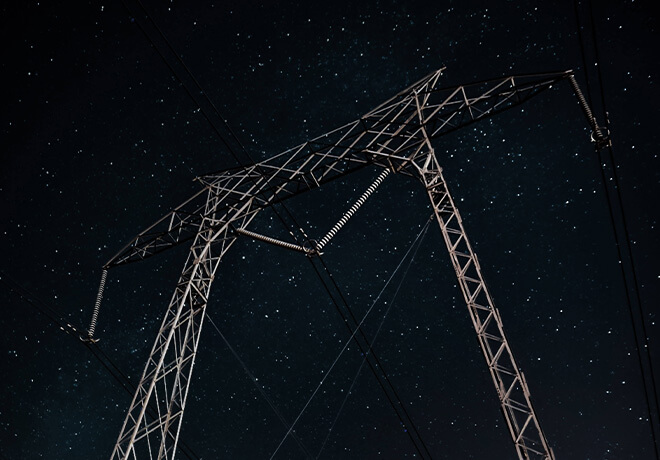Industries
E-Textiles
Modern textiles must satisfy our age-old need for durability and comfort, as well as our increasing desire for connectivity. Because Galvorn yarn can be handled like a textile thread, it can be woven together with conventional yarns to make clothing that has complex electronic functionality without sacrificing comfort or weight. And with the fashion and textile industry under intense scrutiny for its environmental impact, Galvorn’s recyclability and its potential to be carbon negative at scale make it a great choice for the textiles of today–and tomorrow.


Sporting goods and equipment
The sporting goods industry is ever advancing its materials to give athletes the edge that breaks world records, or data scientists the edge to analyze results in real-time. Carbon-based materials are nothing new to this industry, but combining strength, flexibility, and comfort with conductivity… what possibilities are you imagining? Add the fact that Galvorn is carbon-negative at scale and recyclable and you’ve got a material ready for the sustainable, high-performance brand.
Automotive
The automotive industry is embracing electric vehicles (EVs) and the importance of lightweight materials is critical to their success: lighter more efficient EVs can travel farther on a single battery charge. Galvorn is not only lighter and stronger than alternatives, it’s also carbon-negative at scale. As we take advantage of a clean grid, let’s dare to create a world where the materials we use in EVs are climate-positive.


Aerospace
The aerospace industry has long faced the challenge of how to build the most lightweight aircraft. But what if lightweight also came with carbon-negative benefits at scale, as well as the security that comes with a material that is abundant and recyclable–hello, circular supply chain!
Defense
The defense industry has long been at the forefront of technological innovation. It remains true for advanced applications of carbon nanomaterials, where lightweight, high-strength, and high conductivity deliver efficiency and high performance. With the added benefits of being carbon-negative at scale and the security that comes with a material that is abundant and recyclable–hello, circular supply chain–we’ve only just scratched the surface of what’s possible.


Energy and power transmission
The US energy system is transitioning to renewable sources (wind, solar) while electrification is underway for transport, residential and commercial heating, and industrial processes. Together these drivers call for a major upgrade of the US electrical grid in terms of capacity and connectivity.
